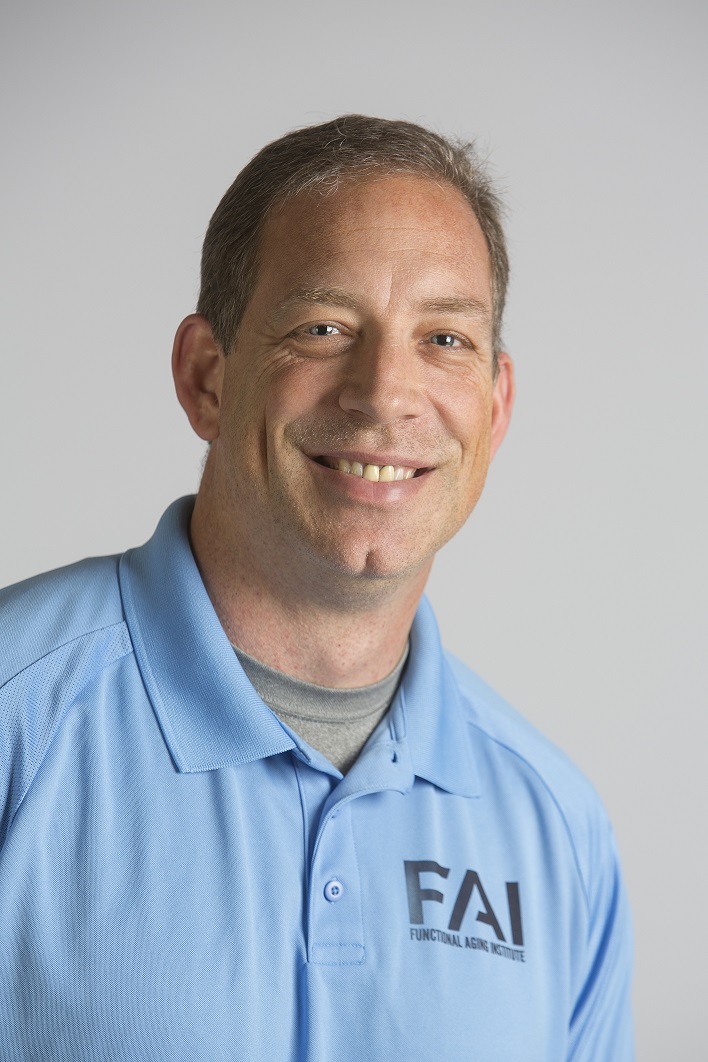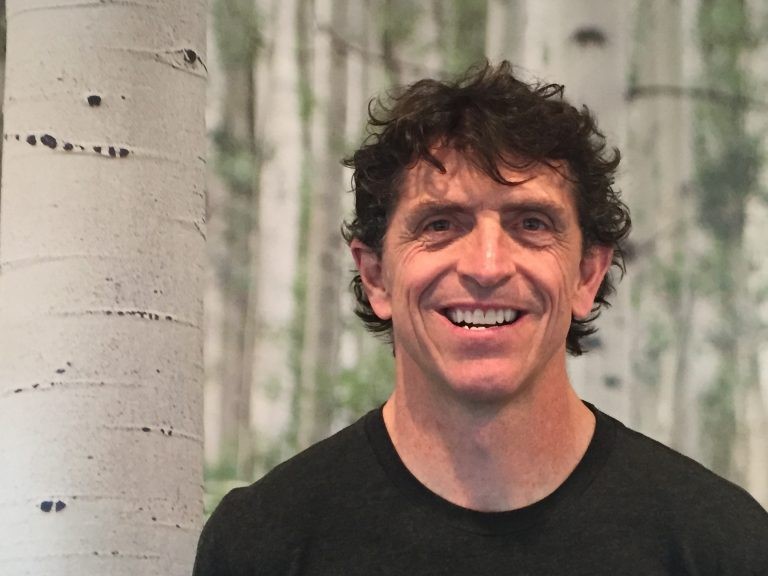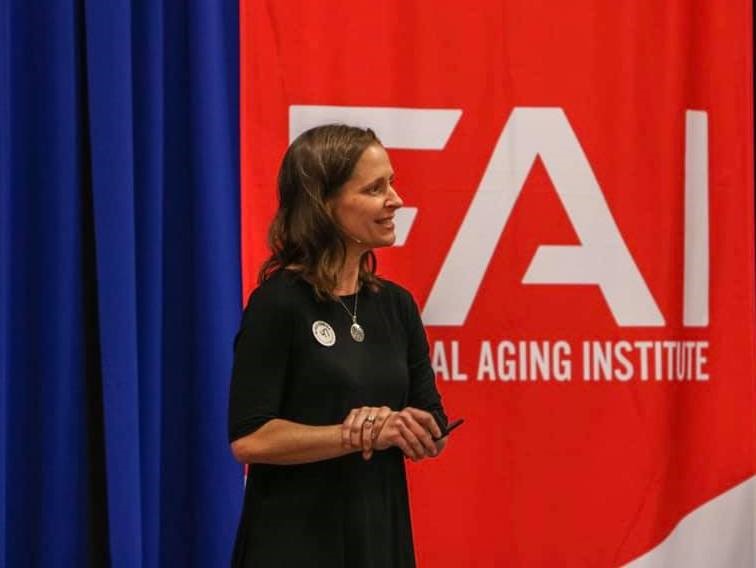Group Coaching Could Be the Key to Launching Your Business to the Next Level — Join Us!
Would you like to double your membership within a few months?
Become the No. 1 fitness business for people over 50 in your community?
Enjoy a vacation while confident that your business can run in your absence?
Then you should consider joining FAI’s Mastermind, which exists to coach fitness pros like you with the advice, resources and support to get you to the next level of success and beyond.
The Mastermind is a small group of your peers – gym owners, studio owners, trainers and other fitness entrepreneurs. It usually has a couple of dozen members, is led by FAI co-founders Drs. Dan Ritchie and Cody Sipe, and meets four times a year in various cities across the country.
We want more of you to take advantage of this powerful resource. Join us September 12-13 in Indianapolis for our next Mastermind meeting. Make the decision and save on the hotel room with this FAI discount now through August 16.
Rave Reviews from Mastermind Members
Here are some sample endorsements from Mastermind members.
- “I have just doubled my membership since January,” Sharan Tash reported in July. Sharan owns TASH Wellness for Women in Skokie, Illinois. She joined the Mastermind last year and prizes the friendships and business relationships she has made. They have included other members across the US and Canada, plus industry leaders and subject-matter experts.
- Shelley Turk of Proactive in Saskatoon, Saskatchewan says Dan and Cody provided business coaching for her successful launch. Proactive has snowballed to become the community’s leading fitness source for people over 50. “Mastermind members are willing to share resources and ideas. We help each other move forward in our businesses and keep our mature clients on a healthy aging trajectory,” Shelley said.
- “My business has almost tripled in the last year and a half since joining,” said Rosa Coletto of Full Circle Fitness in Tustin, California, who has delighted in finally taking some well-earned vacation holidays. “I finally love running my business.”
Mastermind Business Coaching Benefits
The FAI Mastermind will help you:
- Avoid costly mistakes of time and money
- Establish you as the local authority on functional aging
- Grow your business faster and easier
- Break through plateaus and sticking points
- Remain accountable to meet deadlines
- Get motivated to take massive action that fulfills your purpose
- Market and sell to older clients effectively
- Use our “done for you” resources that are proven to work
For more on Mastermind membership and upcoming dates, email us at contact@functionalaginginstitute.com


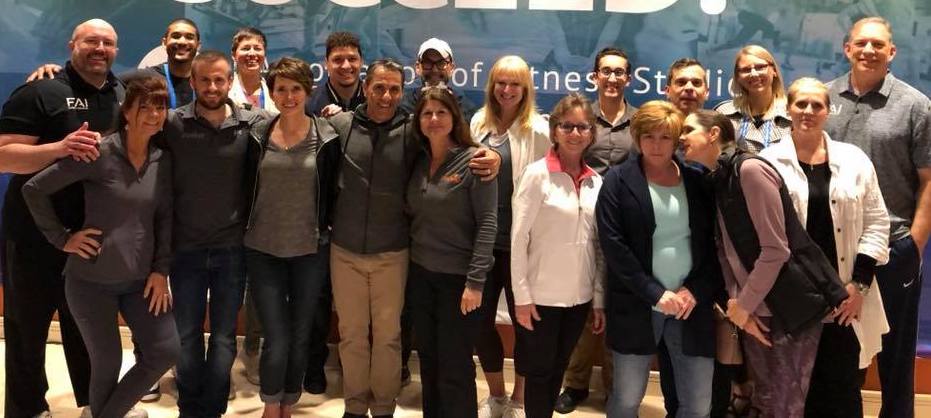

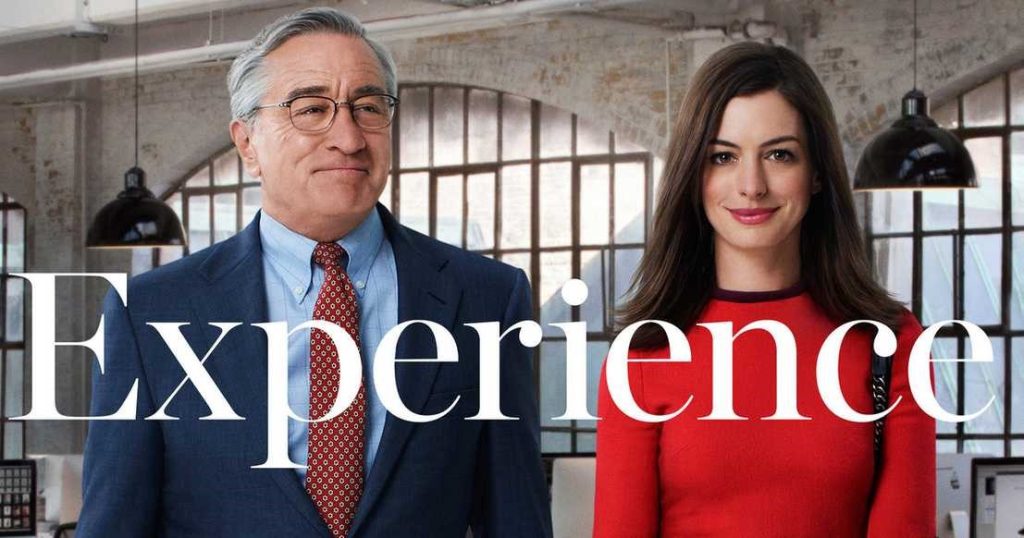 Hollywood helped whittle away at one myth in “The Intern,” which showed Robert DeNiro bringing plenty of value to Anne Hathaway’s workplace.
Hollywood helped whittle away at one myth in “The Intern,” which showed Robert DeNiro bringing plenty of value to Anne Hathaway’s workplace.